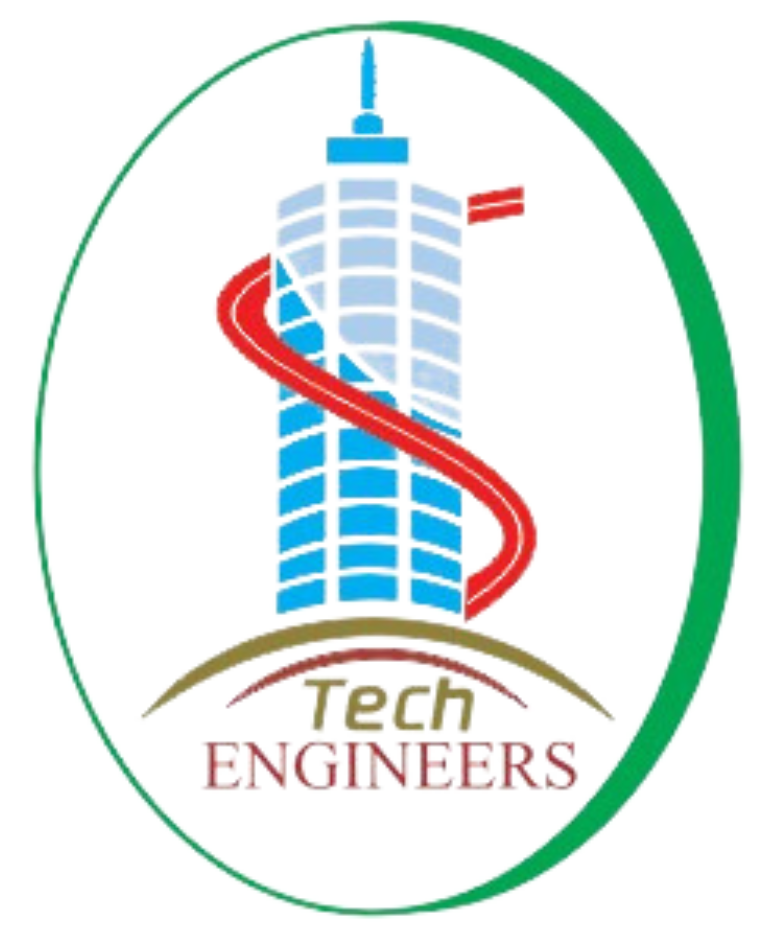The Essential Guide to Topographic Surveys:
Introduction:
When it comes to understanding the lay of the land, there’s no tool quite as valuable as a topographic survey. Whether you’re planning a construction project, managing natural resources, or simply curious about the terrain, a topographic survey provides a detailed and accurate depiction of the land’s surface. In this blog post, we’ll explore what topographic surveys are, why they’re essential, and how they can benefit various industries.
What is a Topographic Survey?
1. Defining Topography Topography refers to the shape and features of the Earth’s surface, including hills, valleys, rivers, and other natural and man-made elements. A topographic survey is a detailed mapping of these features, providing elevation and contour information.
2. Precision and Accuracy Topographic surveys are highly precise, employing advanced surveying techniques and equipment like GPS, laser scanning, and total stations to collect data. The result is a comprehensive representation of the land’s surface.
The Importance of Topographic Surveys
1. Construction Planning In construction, topographic surveys are essential for site planning. They help engineers and architects understand the terrain, identify potential challenges, and make informed decisions about building placement and design.
2. Flood Risk Assessment Topographic surveys play a critical role in flood risk assessment. By mapping elevation data, they can predict flood patterns and help communities plan for flood mitigation and management.
3. Environmental Management Environmental scientists and land managers use topographic data to monitor changes in the landscape, assess the impact of human activity, and plan conservation efforts.
4. Infrastructure Development Topographic surveys aid in the design and maintenance of infrastructure such as roads, bridges, pipelines, and utilities. Accurate data ensures that these structures are built to withstand the terrain’s challenges.
5. Land Development and Real Estate Real estate developers use topographic surveys to evaluate properties for residential or commercial development. These surveys reveal land suitability and help developers maximize land use.
The Topographic Survey Process
1. Data Collection Surveyors collect elevation data points across the survey area using specialized equipment. Modern technology allows for efficient and accurate data collection.
2. Data Processing Collected data is processed to create detailed contour maps, digital elevation models (DEMs), and 3D representations of the terrain.
3. Reporting The survey results are presented in reports, maps, and digital formats, providing a clear and comprehensive view of the topography.
Conclusion
Topographic surveys are invaluable tools that serve various industries by providing critical information about the Earth’s surface. Whether you’re planning a construction project, managing land resources, or conducting environmental research, the precision and accuracy of topographic surveys are essential for informed decision-making. Embracing this technology empowers us to better understand and work with the ever-changing landscapes that shape our world.

